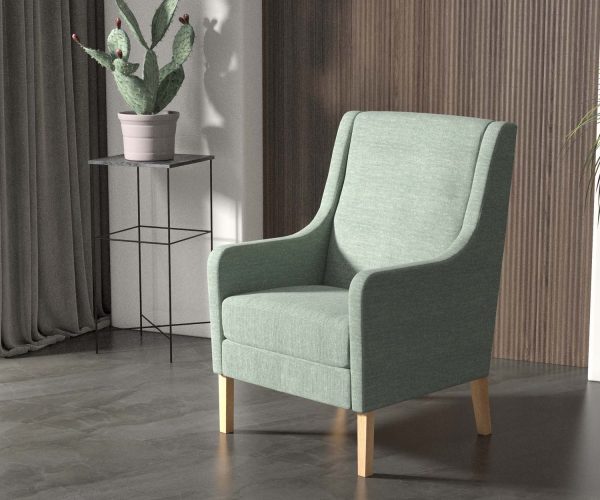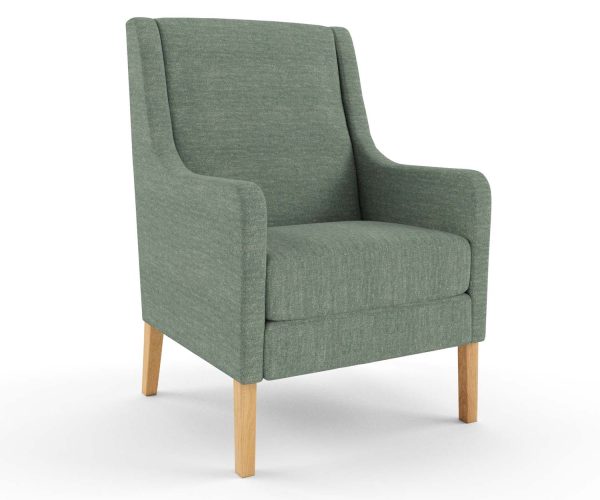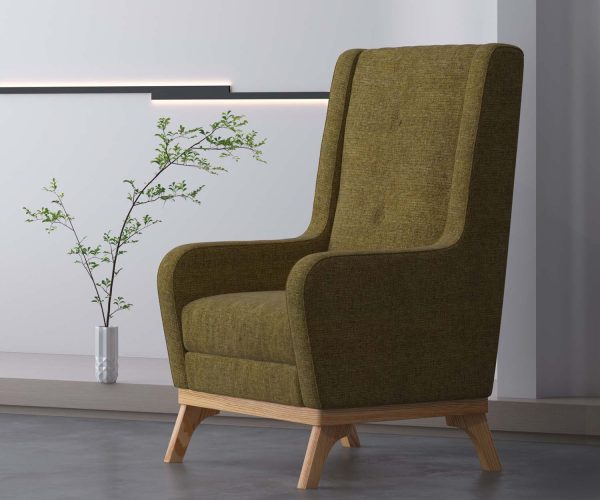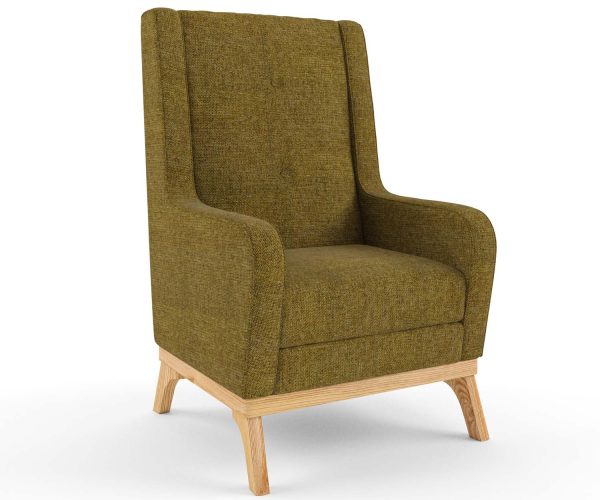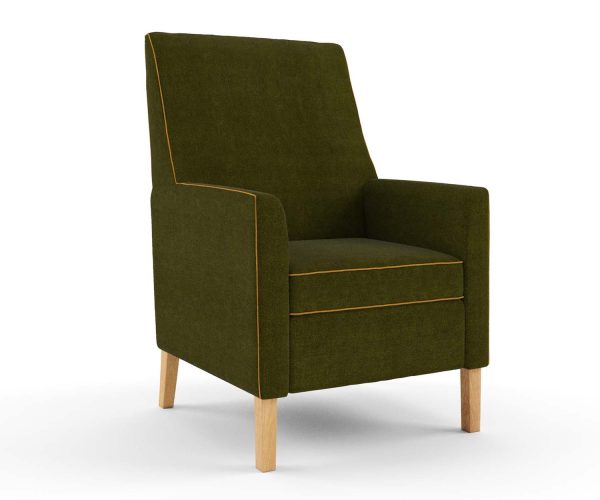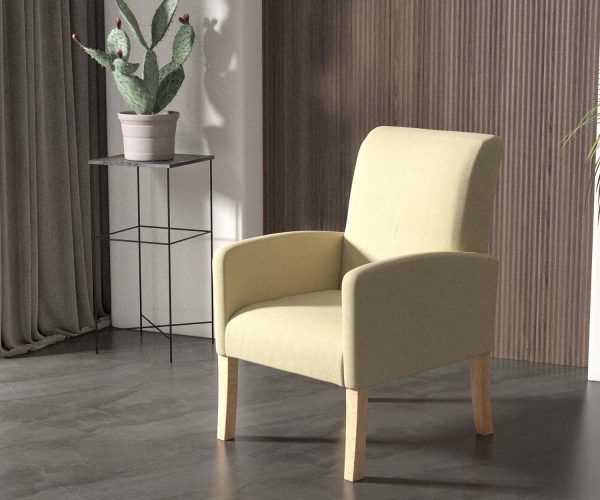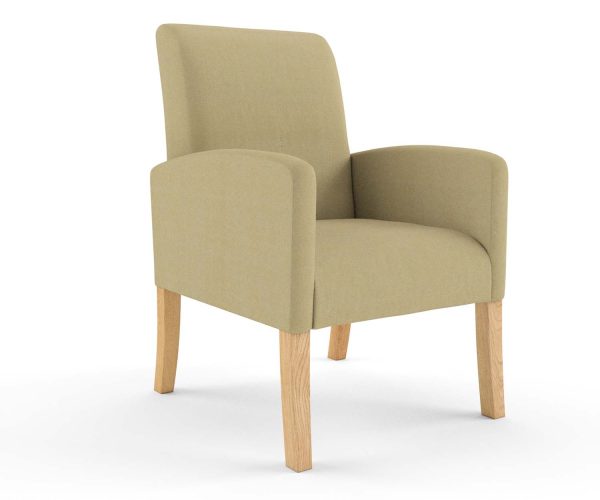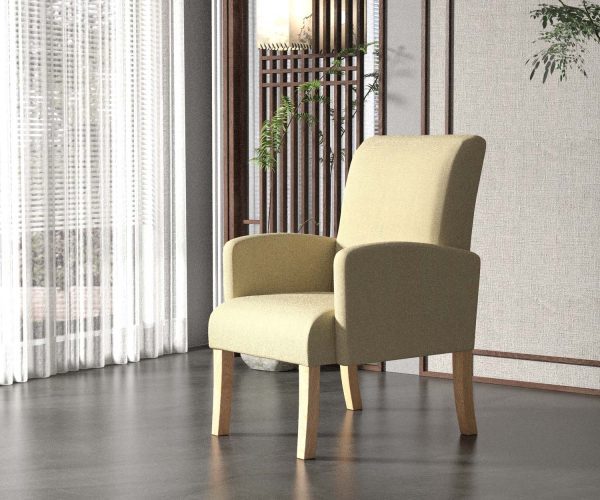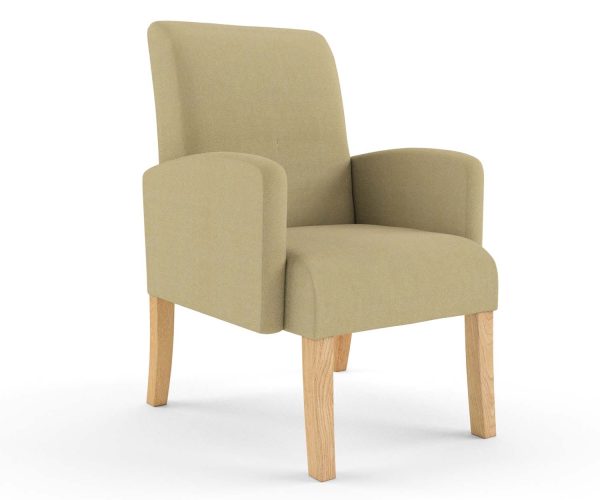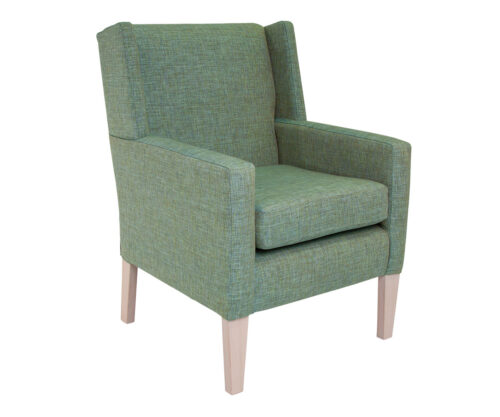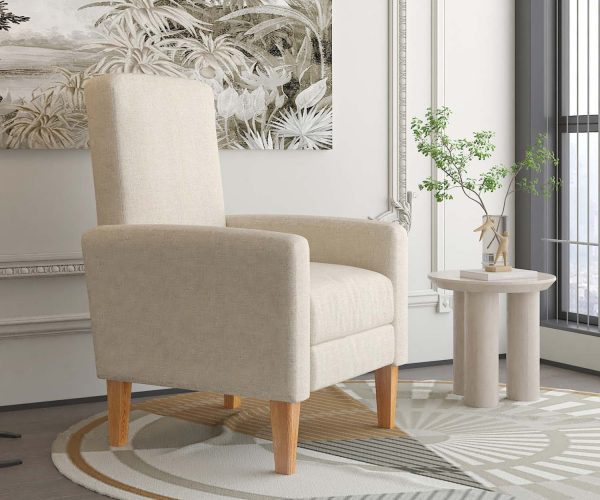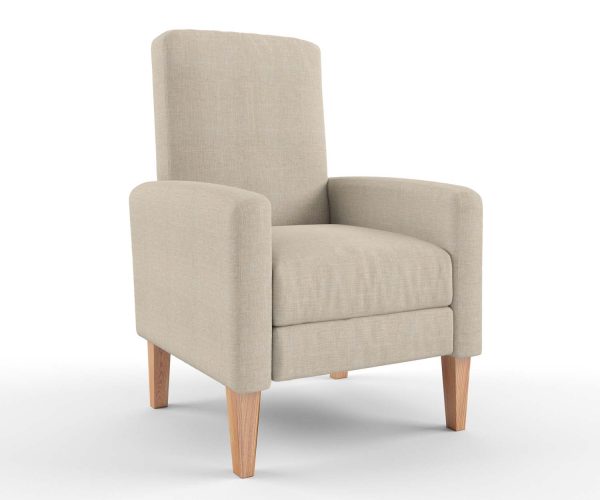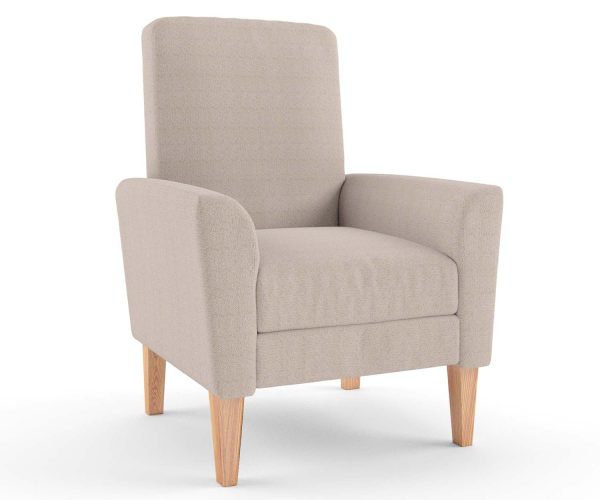6 Common Furniture Repair Issues in Australian Aged Care Facilities and How to Solve Them
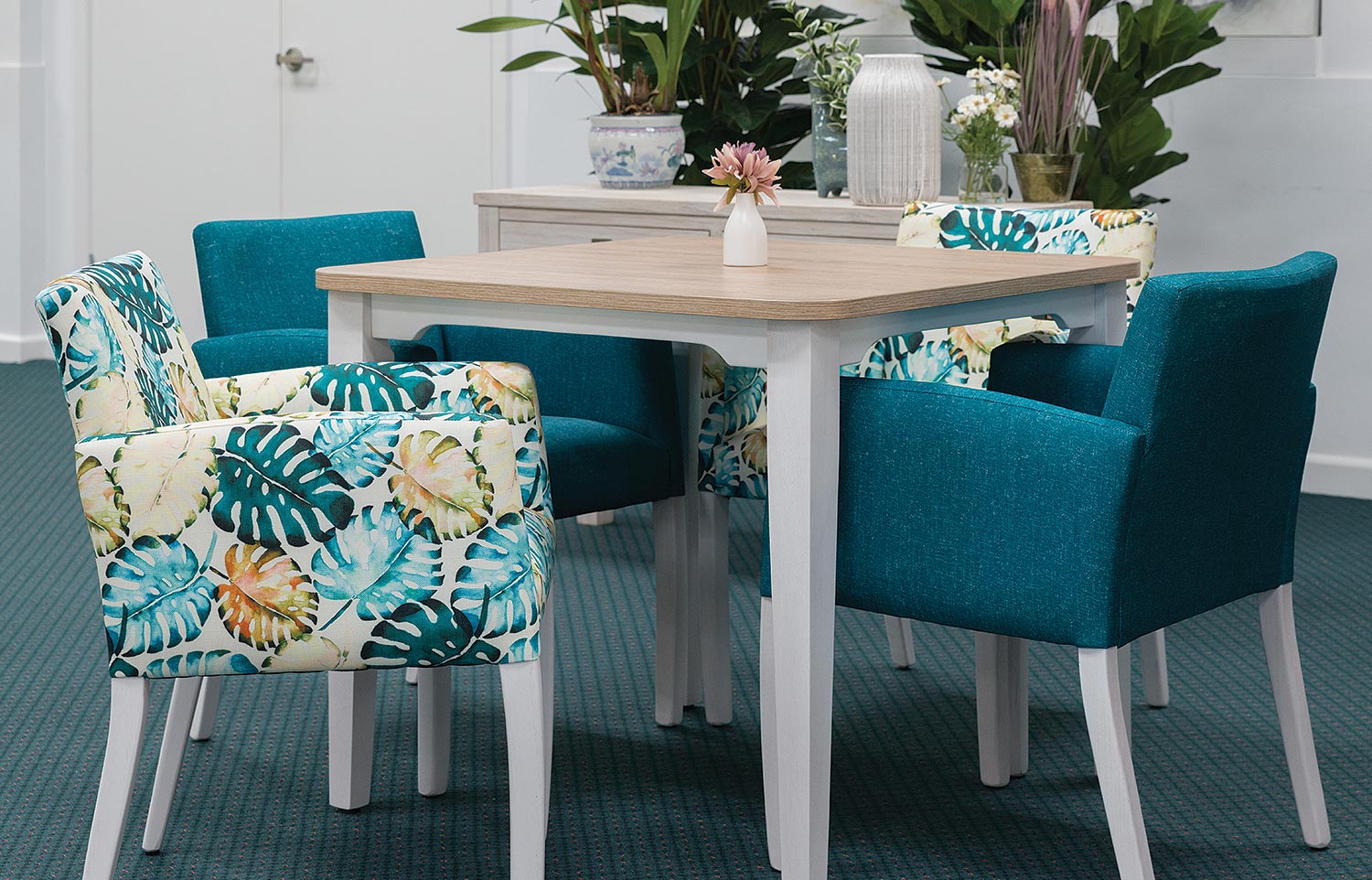
In Australian aged care facilities, furniture plays a crucial role in ensuring the comfort and well-being of residents. However, over time, furniture can experience wear and tear, leading to various repair issues that need to be addressed promptly. From broken chair legs to worn-out upholstery, these problems can not only compromise the safety and functionality of the furniture but also impact the overall comfort of the facility. That’s why it’s essential for aged care facility managers to be aware of the most common furniture repair issues and how to solve them effectively.
In this article, we will highlight the top 6 furniture repair issues that Australian aged care facilities face and provide practical solutions to help you maintain a comfortable and inviting environment for your residents. Whether you’re dealing with sagging cushions or loose screws, we’ve got you covered with expert tips and advice to ensure your furniture stands the test of time.
Importance of Well-Maintained Furniture in Aged Care Facilities
Well-maintained furniture is crucial in aged care facilities for several reasons. Firstly, it plays a significant role in ensuring the comfort and well-being of residents. Comfortable seating and functional furniture enhance the quality of life for the elderly, promoting relaxation and wellbeing.
Moreover, well-maintained furniture contributes to the overall atmosphere of the facility. Aged care facilities strive to create a warm and inviting environment where residents feel at home. Clean, functional, and aesthetically pleasing furniture helps achieve this goal, creating a positive and welcoming atmosphere for both residents and visitors.
Lastly, maintaining furniture in good condition is essential for safety. Broken chair legs, loose screws, or malfunctioning recliner mechanisms can pose significant risks to residents, leading to accidents and injuries. Regular inspections and timely repairs are essential to address these issues and ensure the safety of the elderly population.
Common Furniture Repair Issues in Australian Aged Care Facilities
1. Broken or Loose Chair Legs
One of the most common furniture repair issues in aged care facilities is broken or loose chair legs. This problem can occur due to regular wear and tear, improper use of the furniture, or accidents. Regardless of the cause, it’s crucial to address this issue promptly to prevent further damage and potential injuries to residents.
To solve this problem, start by examining the chair legs to determine the extent of the damage. If the legs are loose, tightening the screws or bolts may be sufficient. However, if the legs are broken, replacement may be necessary. It’s advisable to consult a professional furniture repair service to ensure the repair is done correctly and safely.
2. Damaged Upholstery and Cushions
Due to regular use, upholstery and cushions in aged care facilities are prone to damage. Stains, tears, and worn-out fabric are common issues that need to be addressed to maintain the comfort and appearance of the furniture.
For minor stains, spot cleaning with a mild detergent and warm water can often do the trick. However, for more stubborn stains or extensive damage, professional upholstery cleaning or repair may be required. In some cases, replacing the cushions or reupholstering the furniture may be the best solution to restore its functionality and aesthetics.
If you do choose to reupholster or replace the furniture, be sure to choose high-performance upholstery fabric that is fit-for-purpose and designed specifically for used in aged care. Some tips on choosing the right aged care upholstery fabric:
- Avoid fabrics that have a high pile. Fabrics with a high pile can prove difficult to get down into the pile to remove contaminates.
- Choose fabrics with a better pilling grade. Ask about the pilling grade of a fabric. Fabric that is prone to pilling is difficult to clean and makes furniture look worn.
- Look for a waterproof fabric. Waterproof fabric is a must for aged care furniture and the options have expanded significantly, providing an extensive selection of colors and patterns that go beyond the conventional vinyl choices.
- Choose an antimicrobial fabric. Adding antimicrobials to upholstery fabrics offers a layer of protection, prolonging the life of the textile and protecting the fabric surface from microbes.
3. Malfunctioning Recliner Mechanisms
Recliner chairs are popular in aged care facilities as they provide residents with added comfort and flexibility. However, over time, the recliner mechanisms can malfunction, making it difficult for residents to adjust the chair’s position.
If you encounter this issue, it’s essential to address it promptly to ensure the residents’ comfort and safety. Start by examining the recliner mechanism for any visible damage or blockage. Lubricating the moving parts can often solve minor issues. However, if the problem persists, it’s advisable to either contact your furniture manufacturer or a professional furniture repair service to assess and fix the malfunctioning mechanism.
4. Cracked or Broken Wooden Furniture
Wooden furniture adds a touch of elegance and warmth to aged care facilities. However, wooden furniture is prone to cracking or breaking, especially if it’s not properly maintained or exposed to excessive humidity.
To repair cracked or broken wooden furniture, start by cleaning the surfaces and removing any loose or splintered pieces. Depending on the extent of the damage, you may need to apply wood glue and use clamps to hold the pieces together while the glue dries. Once the glue is fully dry, sand the repaired area and apply a matching wood finish for a seamless look. Alternatively, contact your furniture manufacturer for repair advice.
5. Loose or Broken Handles on Drawers and Cabinets
In aged care facilities, drawers and cabinets are essential for storage and organization. However, over time, the handles on these furniture pieces can become loose or break, making it difficult to open and close them smoothly.
To solve this issue, start by tightening any loose screws or bolts on the handles. If the handles are broken, consider replacing them with sturdier alternatives. Additionally, regular maintenance, such as lubricating the hinges and drawer slides, can help prevent future issues and ensure the longevity of the furniture.
6. Stained or Damaged Surfaces
Stains and damage on furniture surfaces can greatly impact the overall appearance of aged care facilities. Whether it’s water rings, scratches, or discoloration, it’s essential to address these issues to maintain a clean and visually appealing environment for residents.
For surface stains, start by gently cleaning the area with a mild detergent and warm water. Avoid using harsh chemicals that can damage the furniture further. If the damage is more severe, consider refinishing or repainting the affected surfaces. This can restore the furniture’s original beauty and protect it from further damage.
Importance of Regular Maintenance and Inspection
Regular maintenance and inspection are crucial for addressing furniture repair issues in aged care facilities. By implementing a proactive approach, facility managers can identify and address potential problems before they escalate, ensuring the safety and comfort of residents.
Establishing a maintenance schedule that includes regular cleaning, lubrication, and inspection of furniture can help prevent issues such as loose screws, worn-out upholstery, or malfunctioning mechanisms. Additionally, training staff members to report any visible damage or issues promptly can contribute to the timely resolution of furniture repair problems.
Hiring Professional Furniture Repair Services in Australian Aged Care Facilities
While minor furniture repairs can often be handled in-house, some issues require the expertise of professional furniture repair services or you may need to contact your local furniture manufacturer. These professionals have the necessary skills, knowledge, and tools to address complex repair issues safely and effectively.
When hiring a professional furniture repair service, consider their experience in working with aged care facilities and their reputation for delivering quality work. Request references and ask about their warranty or guarantee policies to ensure you’re choosing a reliable and trustworthy service provider.
Investing in the Wellbeing and Satisfaction of Aged Care Residents
Maintaining well-functioning and visually appealing furniture is essential in Australian aged care facilities. By being aware of the common furniture repair issues and their solutions, facility managers can create a comfortable and inviting environment for residents while ensuring their safety. Regular maintenance, timely repairs, and professional assistance when needed are key to prolonging the lifespan of furniture and providing a high standard of care for the elderly population. Remember, investing in the repair and maintenance of furniture is an investment in the well-being and satisfaction of residents.
FAQs About Common Furniture Repair Issues in Aged Care
What are common furniture repair issues in aged care facilities?
Common issues include wear and tear, loose joints, upholstery damage, broken or malfunctioning mechanisms, and issues related to the overall durability of furniture in high-use environments.
How can wear and tear on furniture in aged care be addressed?
Regular inspections and maintenance schedules can help identify signs of wear early. Furniture pieces may need reupholstering, refinishing, or replacement of worn-out components to address these issues.
What should be done about loose joints in aged care furniture?
Loose joints can often be repaired by tightening screws or bolts. For more severe cases, reinforcing joints with additional hardware or adhesive may be necessary to ensure stability.
How can upholstery damage on furniture in aged care facilities be repaired?
Small tears or stains can be addressed with upholstery repairs, such as patching or cleaning. For extensive damage, reupholstering may be required to restore the furniture’s appearance and comfort.
What are common issues with furniture mechanisms, and how can they be fixed?
Issues such as broken recliner mechanisms or malfunctioning parts may require replacement or professional repair. Regular lubrication and inspections can help prevent these problems.
How can durability issues be addressed in aged care furniture?
Choosing high-quality, durable furniture initially can prevent many issues. Regular inspections, prompt repairs, and following manufacturer guidelines for use and maintenance contribute to long-term durability.
Are there specific considerations for repairing furniture in communal spaces of aged care facilities?
Communal spaces may experience higher wear, and tear. Regular cleaning, reinforcing joints, and addressing issues promptly are crucial to maintain the safety and aesthetics of furniture in these areas.
Can residents be involved in the decision-making process for furniture repair or replacement?
In some cases, involving residents in the selection of new furniture or discussing repair options can enhance satisfaction. Communication and feedback mechanisms can be established for resident input.
How can furniture repair contribute to a sustainable approach in aged care facilities?
Repairing and refurbishing furniture instead of immediate replacement aligns with sustainability goals. This approach reduces waste and environmental impact while extending the lifespan of existing furniture.
What preventative measures can be taken to minimize furniture repair issues in aged care settings?
Implementing regular maintenance schedules, providing staff training on proper use, choosing durable and high-quality furniture, and promptly addressing minor issues can collectively minimize the need for extensive repairs.
High Back Armchairs are a Popular Choice in Aged Care
When choosing upholstery fabric for high back armchairs, avoid fabrics that have a high pile, choose fabrics with a better pilling grade, look for a waterproof fabric and choose an antimicrobial fabric.
More News
6 Common Furniture Repair Issues in Australian Aged Care Facilities and How to Solve Them

In Australian aged care facilities, furniture plays a crucial role in ensuring the comfort and well-being of residents. However, over time, furniture can experience wear and tear, leading to various repair issues that need to be addressed promptly. From broken chair legs to worn-out upholstery, these problems can not only compromise the safety and functionality of the furniture but also impact the overall comfort of the facility. That’s why it’s essential for aged care facility managers to be aware of the most common furniture repair issues and how to solve them effectively.
In this article, we will highlight the top 6 furniture repair issues that Australian aged care facilities face and provide practical solutions to help you maintain a comfortable and inviting environment for your residents. Whether you’re dealing with sagging cushions or loose screws, we’ve got you covered with expert tips and advice to ensure your furniture stands the test of time.
Importance of Well-Maintained Furniture in Aged Care Facilities
Well-maintained furniture is crucial in aged care facilities for several reasons. Firstly, it plays a significant role in ensuring the comfort and well-being of residents. Comfortable seating and functional furniture enhance the quality of life for the elderly, promoting relaxation and wellbeing.
Moreover, well-maintained furniture contributes to the overall atmosphere of the facility. Aged care facilities strive to create a warm and inviting environment where residents feel at home. Clean, functional, and aesthetically pleasing furniture helps achieve this goal, creating a positive and welcoming atmosphere for both residents and visitors.
Lastly, maintaining furniture in good condition is essential for safety. Broken chair legs, loose screws, or malfunctioning recliner mechanisms can pose significant risks to residents, leading to accidents and injuries. Regular inspections and timely repairs are essential to address these issues and ensure the safety of the elderly population.
Common Furniture Repair Issues in Australian Aged Care Facilities
1. Broken or Loose Chair Legs
One of the most common furniture repair issues in aged care facilities is broken or loose chair legs. This problem can occur due to regular wear and tear, improper use of the furniture, or accidents. Regardless of the cause, it’s crucial to address this issue promptly to prevent further damage and potential injuries to residents.
To solve this problem, start by examining the chair legs to determine the extent of the damage. If the legs are loose, tightening the screws or bolts may be sufficient. However, if the legs are broken, replacement may be necessary. It’s advisable to consult a professional furniture repair service to ensure the repair is done correctly and safely.
2. Damaged Upholstery and Cushions
Due to regular use, upholstery and cushions in aged care facilities are prone to damage. Stains, tears, and worn-out fabric are common issues that need to be addressed to maintain the comfort and appearance of the furniture.
For minor stains, spot cleaning with a mild detergent and warm water can often do the trick. However, for more stubborn stains or extensive damage, professional upholstery cleaning or repair may be required. In some cases, replacing the cushions or reupholstering the furniture may be the best solution to restore its functionality and aesthetics.
If you do choose to reupholster or replace the furniture, be sure to choose high-performance upholstery fabric that is fit-for-purpose and designed specifically for used in aged care. Some tips on choosing the right aged care upholstery fabric:
- Avoid fabrics that have a high pile. Fabrics with a high pile can prove difficult to get down into the pile to remove contaminates.
- Choose fabrics with a better pilling grade. Ask about the pilling grade of a fabric. Fabric that is prone to pilling is difficult to clean and makes furniture look worn.
- Look for a waterproof fabric. Waterproof fabric is a must for aged care furniture and the options have expanded significantly, providing an extensive selection of colors and patterns that go beyond the conventional vinyl choices.
- Choose an antimicrobial fabric. Adding antimicrobials to upholstery fabrics offers a layer of protection, prolonging the life of the textile and protecting the fabric surface from microbes.
3. Malfunctioning Recliner Mechanisms
Recliner chairs are popular in aged care facilities as they provide residents with added comfort and flexibility. However, over time, the recliner mechanisms can malfunction, making it difficult for residents to adjust the chair’s position.
If you encounter this issue, it’s essential to address it promptly to ensure the residents’ comfort and safety. Start by examining the recliner mechanism for any visible damage or blockage. Lubricating the moving parts can often solve minor issues. However, if the problem persists, it’s advisable to either contact your furniture manufacturer or a professional furniture repair service to assess and fix the malfunctioning mechanism.
4. Cracked or Broken Wooden Furniture
Wooden furniture adds a touch of elegance and warmth to aged care facilities. However, wooden furniture is prone to cracking or breaking, especially if it’s not properly maintained or exposed to excessive humidity.
To repair cracked or broken wooden furniture, start by cleaning the surfaces and removing any loose or splintered pieces. Depending on the extent of the damage, you may need to apply wood glue and use clamps to hold the pieces together while the glue dries. Once the glue is fully dry, sand the repaired area and apply a matching wood finish for a seamless look. Alternatively, contact your furniture manufacturer for repair advice.
5. Loose or Broken Handles on Drawers and Cabinets
In aged care facilities, drawers and cabinets are essential for storage and organization. However, over time, the handles on these furniture pieces can become loose or break, making it difficult to open and close them smoothly.
To solve this issue, start by tightening any loose screws or bolts on the handles. If the handles are broken, consider replacing them with sturdier alternatives. Additionally, regular maintenance, such as lubricating the hinges and drawer slides, can help prevent future issues and ensure the longevity of the furniture.
6. Stained or Damaged Surfaces
Stains and damage on furniture surfaces can greatly impact the overall appearance of aged care facilities. Whether it’s water rings, scratches, or discoloration, it’s essential to address these issues to maintain a clean and visually appealing environment for residents.
For surface stains, start by gently cleaning the area with a mild detergent and warm water. Avoid using harsh chemicals that can damage the furniture further. If the damage is more severe, consider refinishing or repainting the affected surfaces. This can restore the furniture’s original beauty and protect it from further damage.
Importance of Regular Maintenance and Inspection
Regular maintenance and inspection are crucial for addressing furniture repair issues in aged care facilities. By implementing a proactive approach, facility managers can identify and address potential problems before they escalate, ensuring the safety and comfort of residents.
Establishing a maintenance schedule that includes regular cleaning, lubrication, and inspection of furniture can help prevent issues such as loose screws, worn-out upholstery, or malfunctioning mechanisms. Additionally, training staff members to report any visible damage or issues promptly can contribute to the timely resolution of furniture repair problems.
Hiring Professional Furniture Repair Services in Australian Aged Care Facilities
While minor furniture repairs can often be handled in-house, some issues require the expertise of professional furniture repair services or you may need to contact your local furniture manufacturer. These professionals have the necessary skills, knowledge, and tools to address complex repair issues safely and effectively.
When hiring a professional furniture repair service, consider their experience in working with aged care facilities and their reputation for delivering quality work. Request references and ask about their warranty or guarantee policies to ensure you’re choosing a reliable and trustworthy service provider.
Investing in the Wellbeing and Satisfaction of Aged Care Residents
Maintaining well-functioning and visually appealing furniture is essential in Australian aged care facilities. By being aware of the common furniture repair issues and their solutions, facility managers can create a comfortable and inviting environment for residents while ensuring their safety. Regular maintenance, timely repairs, and professional assistance when needed are key to prolonging the lifespan of furniture and providing a high standard of care for the elderly population. Remember, investing in the repair and maintenance of furniture is an investment in the well-being and satisfaction of residents.
FAQs About Common Furniture Repair Issues in Aged Care
What are common furniture repair issues in aged care facilities?
Common issues include wear and tear, loose joints, upholstery damage, broken or malfunctioning mechanisms, and issues related to the overall durability of furniture in high-use environments.
How can wear and tear on furniture in aged care be addressed?
Regular inspections and maintenance schedules can help identify signs of wear early. Furniture pieces may need reupholstering, refinishing, or replacement of worn-out components to address these issues.
What should be done about loose joints in aged care furniture?
Loose joints can often be repaired by tightening screws or bolts. For more severe cases, reinforcing joints with additional hardware or adhesive may be necessary to ensure stability.
How can upholstery damage on furniture in aged care facilities be repaired?
Small tears or stains can be addressed with upholstery repairs, such as patching or cleaning. For extensive damage, reupholstering may be required to restore the furniture’s appearance and comfort.
What are common issues with furniture mechanisms, and how can they be fixed?
Issues such as broken recliner mechanisms or malfunctioning parts may require replacement or professional repair. Regular lubrication and inspections can help prevent these problems.
How can durability issues be addressed in aged care furniture?
Choosing high-quality, durable furniture initially can prevent many issues. Regular inspections, prompt repairs, and following manufacturer guidelines for use and maintenance contribute to long-term durability.
Are there specific considerations for repairing furniture in communal spaces of aged care facilities?
Communal spaces may experience higher wear, and tear. Regular cleaning, reinforcing joints, and addressing issues promptly are crucial to maintain the safety and aesthetics of furniture in these areas.
Can residents be involved in the decision-making process for furniture repair or replacement?
In some cases, involving residents in the selection of new furniture or discussing repair options can enhance satisfaction. Communication and feedback mechanisms can be established for resident input.
How can furniture repair contribute to a sustainable approach in aged care facilities?
Repairing and refurbishing furniture instead of immediate replacement aligns with sustainability goals. This approach reduces waste and environmental impact while extending the lifespan of existing furniture.
What preventative measures can be taken to minimize furniture repair issues in aged care settings?
Implementing regular maintenance schedules, providing staff training on proper use, choosing durable and high-quality furniture, and promptly addressing minor issues can collectively minimize the need for extensive repairs.
High Back Armchairs are a Popular Choice in Aged Care
When choosing upholstery fabric for high back armchairs, avoid fabrics that have a high pile, choose fabrics with a better pilling grade, look for a waterproof fabric and choose an antimicrobial fabric.
Commercial furniture by room
Based in Brisbane, we’re an Australian manufacturer of aged care furniture, retirement living furniture, hospital & healthcare furniture, hotel & accommodation furniture and student accommodation furniture. We also supply a range of commercial office furniture.
Discover the FHG Look Book: Your Source of Inspiration for Quality Australian-Made Commercial Furniture
- Quality Craftsmanship: See why we’ve been a trusted partner for over 25 years.
- Local Excellence: Learn how our Brisbane team ensures the highest standards.
- Inspiration and Ideas: Find innovative furniture solutions for any environment.
Don’t miss the opportunity to transform your commercial space with FHG’s expertly crafted furniture. Download the FHG Look Book today and start your journey towards exceptional design and quality.

